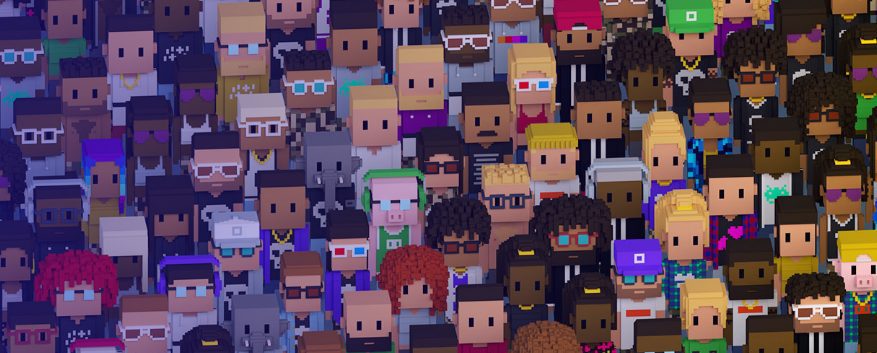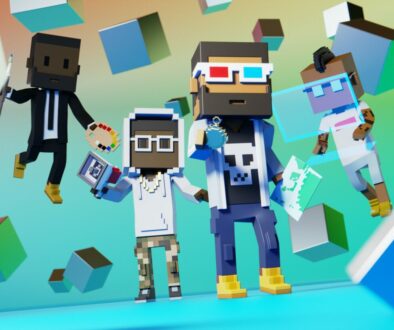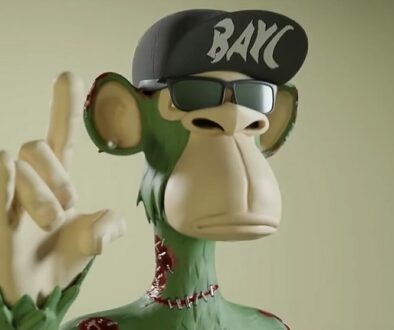Meebits and Minecraft
Earlier today we published an article introducing Meebits, the new 3D NFT Avatars from Larva Labs, the creators of the protogenesis NFT Project, CryptoPunks.
Since that article dropped, we’ve had quite a few questions along the lines of “Voxels, doesn’t that mean Minecraft??” We had the exact same question, so we decided to dive in and see exactly what Meebits means for Minecraft, Voxel-based games, and the Metaverse as a whole.
1. What the heck is a “Voxel” and why should I care?
In computer graphics, the term “voxel” is used to represent a value on a rectangular grid in 3D space. Voxels are the 3D analogy to a pixel on a 2D image. A voxel (and a pixel) both do not have their explicit coordinates encoded into their values, instead a rendering system infers the position of a voxel based on its position relative to other voxels.
Voxels can also be understood by contrasting them with polygons, which are another computer graphics construct used to compose 3D images, which are typically triangles, and typically explicitly represented as a coordinate set of the polygon’s vertices. Each has their advantages, polygons excel at efficiently representing 3D structures with a lot of uniform (or empty) texture, whereas voxels excel at representing volume that is non-homogenously constructed.
In virtual environments and gaming, voxel graphics approaches can be very compelling, because it allows for an entire buildable and interactable world. Polygon-based worlds will typically have many environment elements that cannot be affected by the user, and also exist as a 2D skin, akin to a sheet of paper, with no depth. The two approaches can be combined for ultra-realism AND interactability, but the combination comes with a significant performance impact. An example of a game with a combination of a polygon skin on top of a voxel based world is 7 Days to Die.
2. These are 3D images, how can they be used in games?
Larva Labs has created Meebits as 3D voxel characters, making them, at least at a fundamental level, compatible with voxel-based graphics environments. Larva Labs provides Meebit owners with an asset pack that includes the T-pose OBJ file as well as a high resolution, lossless render. The T-pose OBJ file is a standard file type that is compatible for import into most standard 3D modelling and animation software.
Presumably, a gamemaker or a modder for a game could implement an api hook into existing voxel-based games which would enable the game to pull in the T-pose OBJ file for avatars connected to the game, or it could also just pre-import all 20,000 Meebit models for pre-rendering and then link to the rendered models after the fact.
3. Does Voxels + T-Pose really mean Minecraft?
Minecraft has a long history of modding, dating back to 2010. Though the community has been waning in recent years, it is almost assured that someone will have the technical capabilities to implement Meebit support into Minecraft. This combination of the broad demographic reach of Minecraft combined with the technical capabilities of the Meebit avatars seems like a certain catalyst to explosion of popularity of the NFT collection.
4. The Future: An avatar for the Metaverse
Will the Meebits be the avatar of the future, in a fully immersive, virtual, voxel-based, online reality? We can’t say. What we do love about the project is the technical approach of supporting voxels, which we see as a highly compelling experience, combined with the 3D assets necessary for someone to “build-it”. We can’t necessarily say that they will, but having pieces of the puzzle ready to go certainly makes the case to build it a lot more of a certainty. And for that reason, we are excited to keep an eye on this project now and into the future.



